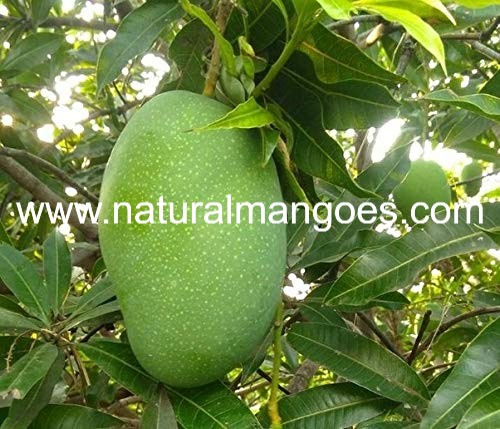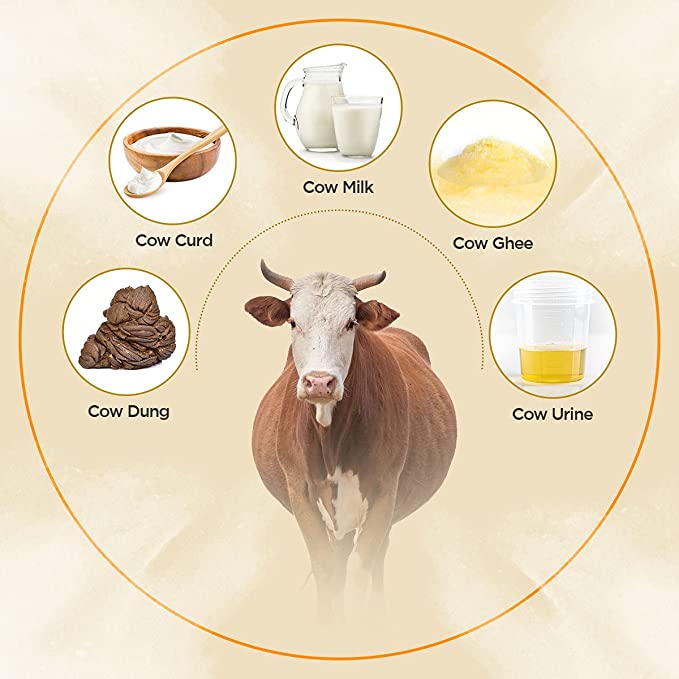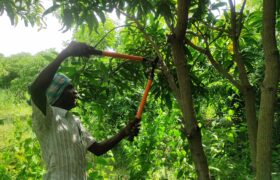The Mango Flowering Process and Fruit Setting

The mango flowering process is a lengthy and complicated one. It begins with the formation of buds, which takes place during the late winter months. Once the buds have formed, they must be pollinated in order for fruit to set. This is typically done by bees, which transfers pollen from the male flowers to the female flowers.
Once pollination has occurred, the flowers begin to fall off and the fruit begins to grow in its place. The mangoes will continue to grow and ripen throughout the summer months, until they are ready to be harvested in the fall.
The Different Stages of Mango Flowering
The mango flowering process consists of several stages, each with its own set of characteristics.
The first stage is the initiation stage, when the tree produces flower buds. The buds swell and turn red as they mature. This stage can last for several weeks, depending on the variety of mango.
The second stage is the development stage, when the flowers start to open. The petals are usually white or pale yellow. This stage lasts for a few days.
The third stage is the full bloom stage, when the flowers are fully open and the tree is covered in blossoms. This stage only lasts for a day or two.
Finally, the fourth stage is the fruit setting stage, when the flowers turn into small mangos. This stage can last for several weeks, until the mangos are fully grown and ready to harvest.
The Effect of Weather on Mango Flowering
The process of mango flowering and fruit setting is heavily dependent on weather conditions. Ideal weather conditions for mango flowering are high humidity and temperatures between 30-37 degrees Celsius. Flowering is triggered by a period of cooler temperatures (usually between 25-30 degrees Celsius), followed by a gradual increase in temperature.
Mango trees typically flower in late winter or early spring. However, if the weather is not ideal during this time period, it can delay or prevent flowering from occurring. For example, if it is too hot or too cold during the cool temperature period, flowering will be delayed. If it is too dry during the warm temperature period, flowers will be less likely to set fruit.
While weather conditions are out of our control, there are some things we can do to help encourage mango trees to flower and set fruit. One is to provide them with adequate water during the months leading up to flowering. Another is to prune them regularly to encourage new growth.
Factors That Affect Mango Flowering and Fruit Setting
There are many factors that affect mango flowering and fruit setting. These include the type of mango, the age of the tree, the climate, and the amount of water and fertilizer available.
Mango trees produce both male and female flowers. The male flowers are located on the tips of the branches and the female flowers are found in the axils of the leaves. To set fruit, both male and female flowers must be present on the tree.
The type of mango can also affect flowering and fruit setting. Some varieties are self-pollinating while others require cross-pollination from another variety to set fruit.
The age of the tree is also a factor. Mango trees typically begin bearing fruit 3-5 years after planting. As trees mature, they generally produce more flowers and fruit.
Climate also plays a role in mango flowering and fruit setting. Mangoes need warm temperatures to flower properly. In most cases, trees will not flower if temperatures drop below 15 degrees Celsius. Additionally, dry conditions during flowering can result in poor fruit set.
Finally, adequate water and nutrients are necessary for good mango flowering and fruit set. Mangoes are heavy feeders and require regular applications of fertilizer to produce a good crop
Why is the mango flowering process important?
The mango flowering process is important for several reasons. First, it determines the timing of the mango crop. If the flowers bloom too early, the fruit will mature during the hot, dry season and be of poor quality. Second, the flower display can indicate to farmers whether or not they will have a good crop. A good flower display means a good fruit set and a good yield. Finally, the flowers are an important source of nectar for bees, which in turn pollinate the flowers and ensure a good fruit set.
Mango Fruit Setting
When it comes to mango fruit setting, there are a few things to keep in mind. First, the flowering process must be completed successfully for fruit to set. Once flowers have bloomed, pollination must occur for the flowers to turn into fruits. Pollination can be done by insects or by hand, and both methods are effective.
Once pollination has occurred, it takes around 3-4 months for the mango fruits to mature and be ready for harvest. The exact time will depend on the variety of mango as well as the climate conditions during that growing season.
To ensure a good harvest, it is important to thin out the mango fruits once they have reached a certain size. This allows each fruit to grow larger and ensures that the tree does not become overloaded with too many fruits. Overloading a tree with fruits can lead to smaller sizes and poor quality fruits.
Thinning also allows air and sunlight to reach the remaining fruits which is essential for their development. Fruits that are hidden beneath leaves and other fruits are more likely to suffer from disease and pests.
Mango trees are typically harvested starting in late spring or early summer. This again will depend on the specific variety as well as climate conditions in the region where they are grown. Mangoes can be harvested by hand or using mechanical harvesters.
After harvesting, mangoes must be promptly transported to a facility where they can be washed and sorted. From there, they will be packaged and shipped to retailers where they will be sold fresh, canned, frozen, or dried.
How to tell when a mango is ripe
When it comes to mangoes, there are a few key indicators that tell whether or not the fruit is ripe and ready to eat. For starters, you’ll want to look for a mango that has a deep yellow or orange color. You should also give the fruit a gentle squeeze; if it feels soft to the touch, it’s probably ripe. Another telltale sign of a ripe mango is its aroma; if you can smell the sweet fragrance of the fruit, it’s ready to be enjoyed.
Mango Nutritional Value:
Mangoes are an excellent source of vitamins, minerals, and antioxidants. They are a good source of dietary fiber and contain a variety of phytochemicals that have been linked to health benefits.
One cup (165 grams) of mangoes contains the following nutrients: (1)
Calories: 107
107 Fat: 1 gram
1 gram Carbohydrates: 25 grams
25 grams Fiber: 3 grams
3 grams Protein: 1 gram
1 gram Vitamin C: 76% of the Reference Daily Intake (RDI)
76% of the Reference Daily Intake (RDI) Vitamin A: 25% of the RDI
25% of the RDI Folate: 14% of the RDI
Conclusion
The mango flowering process is a crucial part of the fruit setting process. In order to ensure a good crop, growers need to understand how the flowers develop and what conditions are necessary for fruit setting. With this knowledge, growers can better control the environment in which their mango trees flower and set fruit, resulting in a higher yield.
For organic farm fresh mangoes, please visit https://www.naturalmangoes.com to place your orders online. Mangoes are well-packaged and then shipped to arrive at your door anywhere in India.










Very Very good post . Good quality 👌 👏 👍
I have a very good variety of mango plant, planted some 7 years ago – and grown beautifully. But till now it has not flowered even once. Can you give your advice and suggestions so that atleast in the next winter I see some flowers.
Please try Fish Amino Acid and Panchakavya before flowering and budding stage along with pseudomonas.
If 50% of trees are with flowering and 50% is yet to flowers, can we follow your above suggestion
13 – 0 – 45 , spray 2 times with a gap of 6-7 days gap.
Multi-k it is called. Dose 10grams/ 1 litre water
Spray – 0. 52.34 – 7 grams/ Litre – after 10days immediately. Mix neem oil 10,000ppm – 3ml/1 litre water. Along with insecticide + fungicide + MICRO NUTRIENT ( boron+ Zinc ) , sulphur plays major role. Add sulphur to soil.
I ddo accept as true with aall the ideas you have presented onn your post.
They’re very convincing and will certainly work. Nonetheless, the posts are very brief
for beginners. Could you please lengthen them a bit from subsequent time?
Thank you for the post.
What’s up, just wanted to say, I enjoyed this article.
It was practical. Keep on posting!
I’m suspicious that this article was written by AI. In the first paragraph it states that mango flowers are typically pollinated by bees. This is incorrect. They’re typically pollinated by flies. Bees will gather nectar/pollen from mango flowers, but it’s not a preferred source for them. Also, mangos are NOT heavy feeders. In fact, too much nitrogen will discourage flowering.